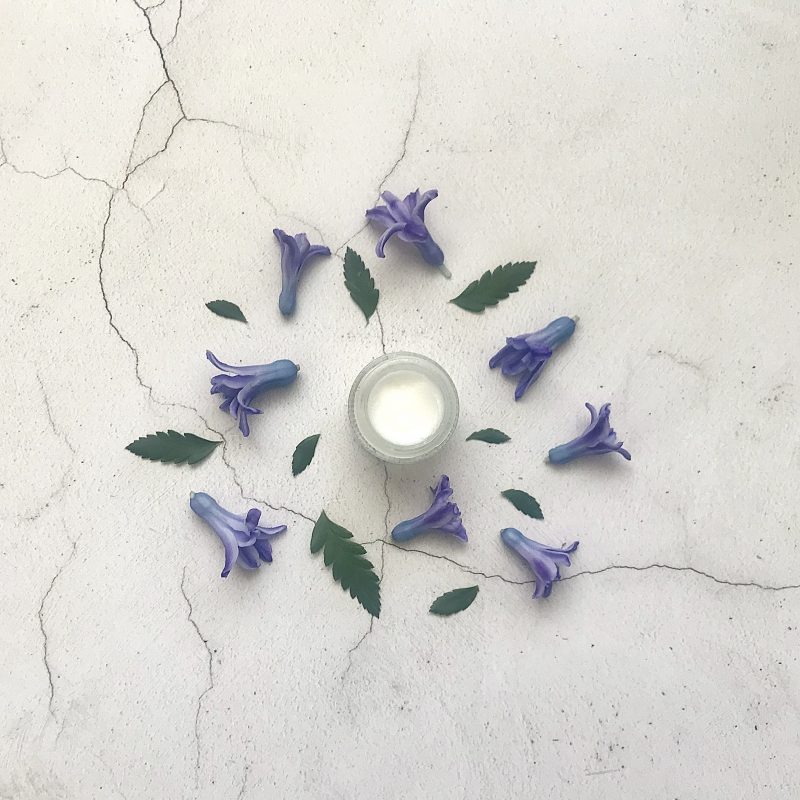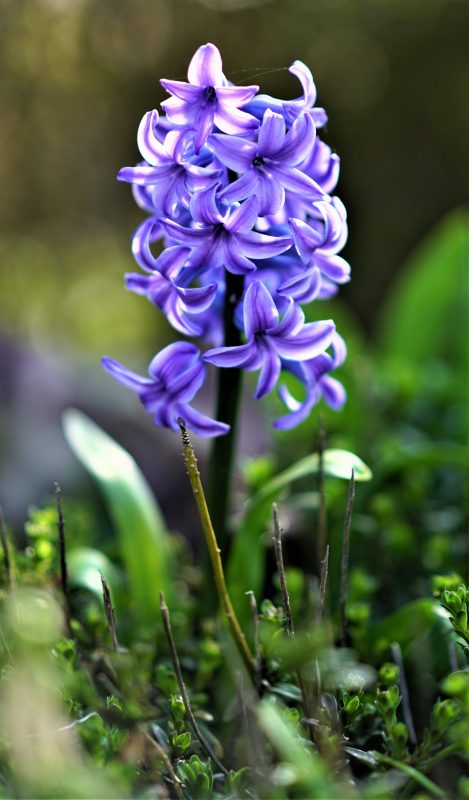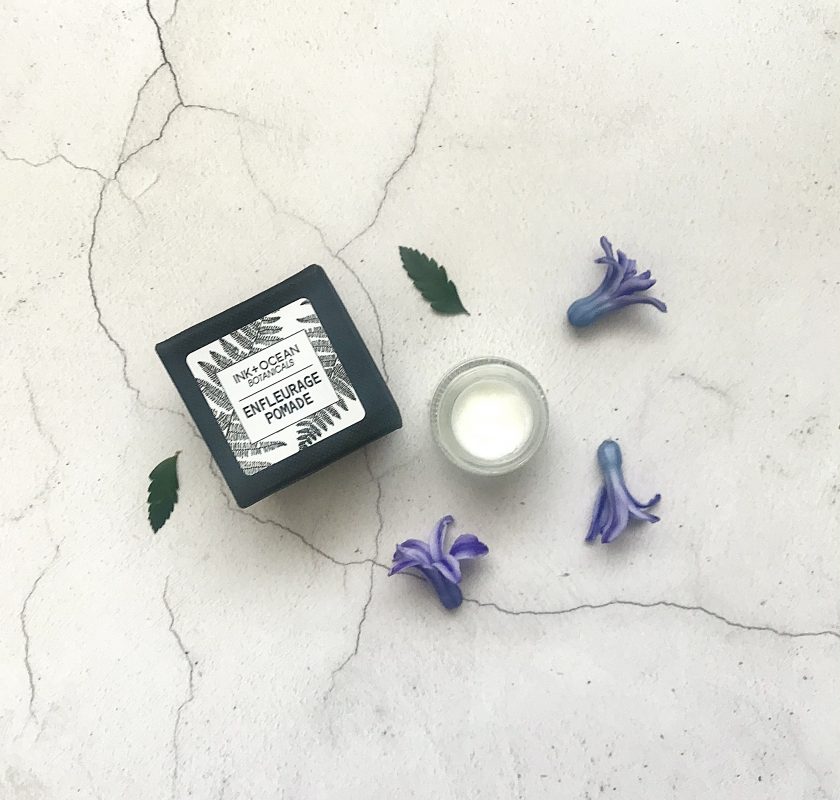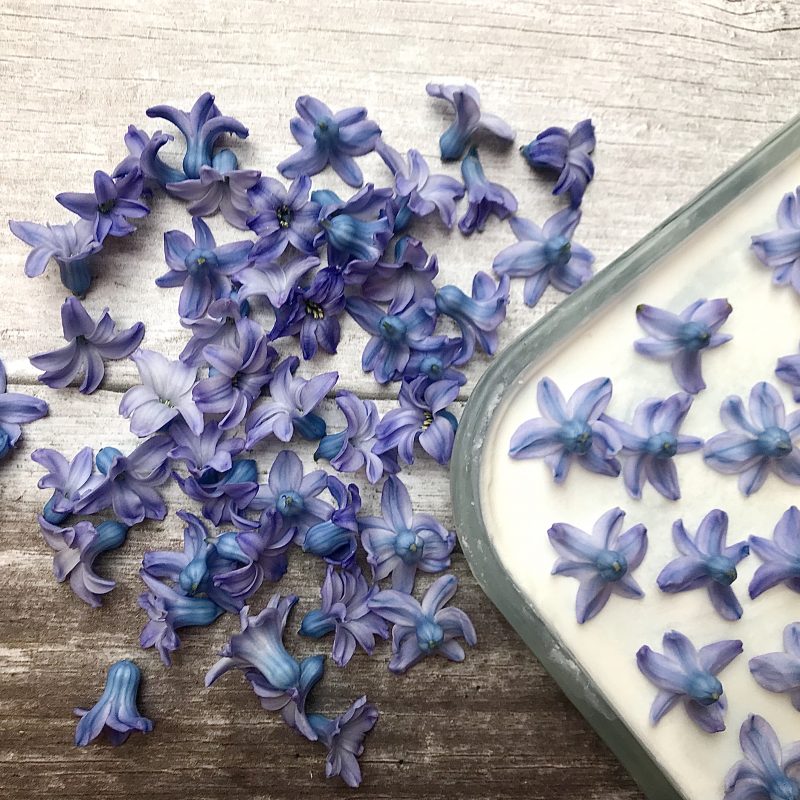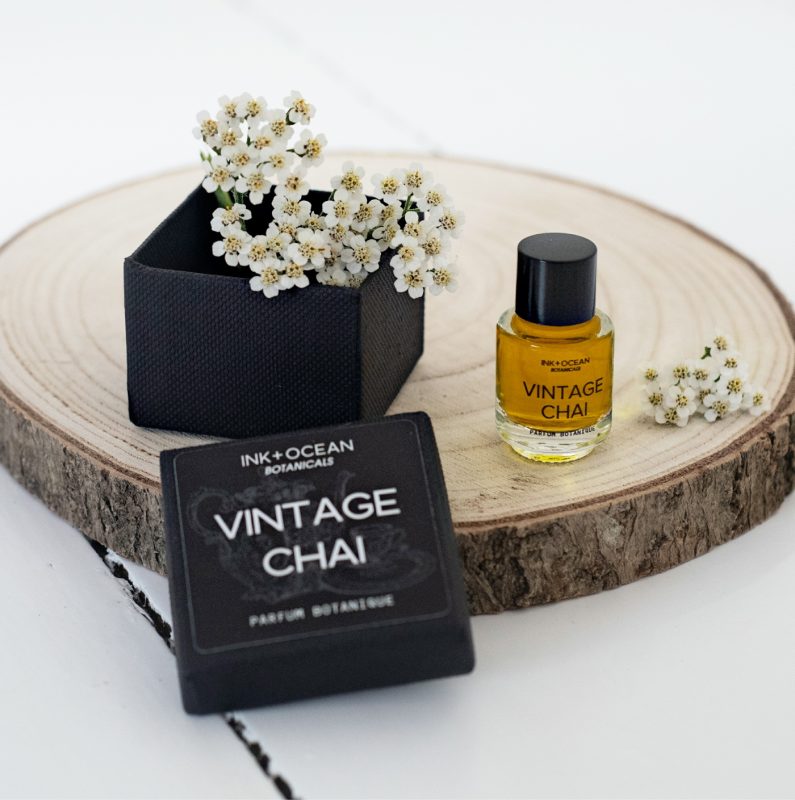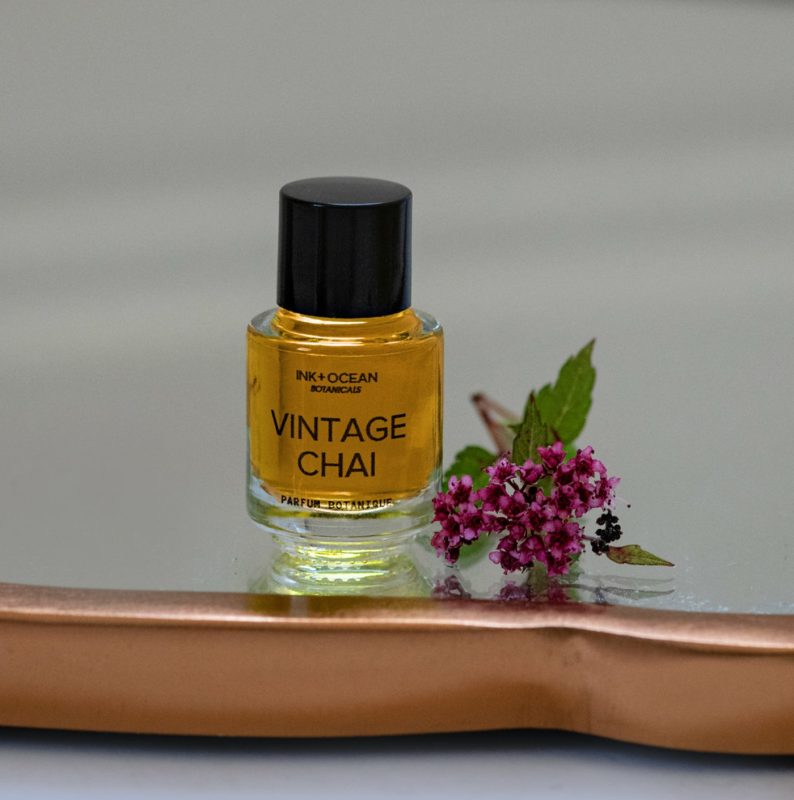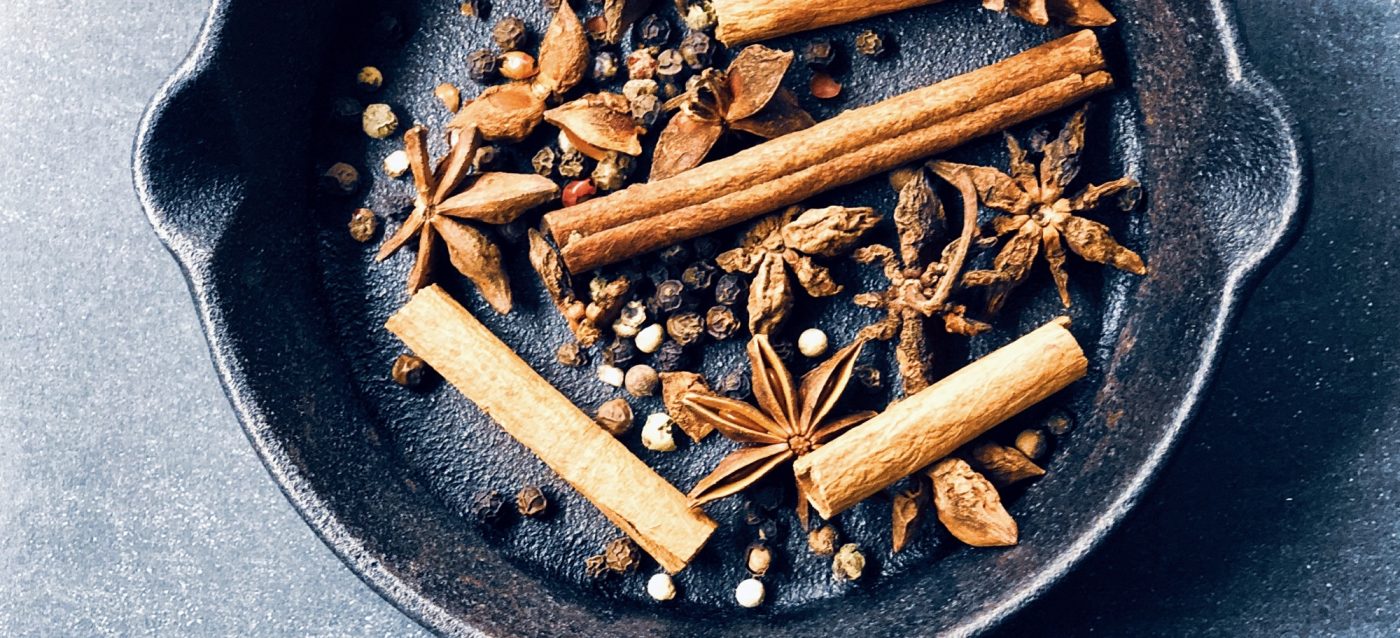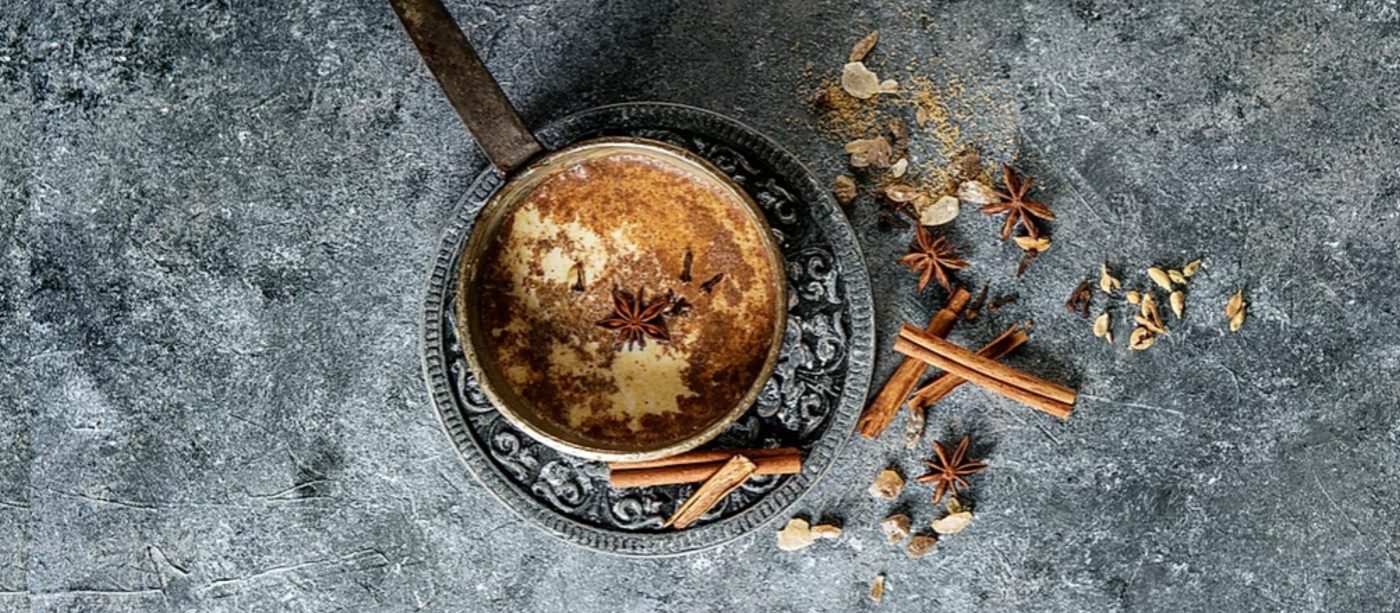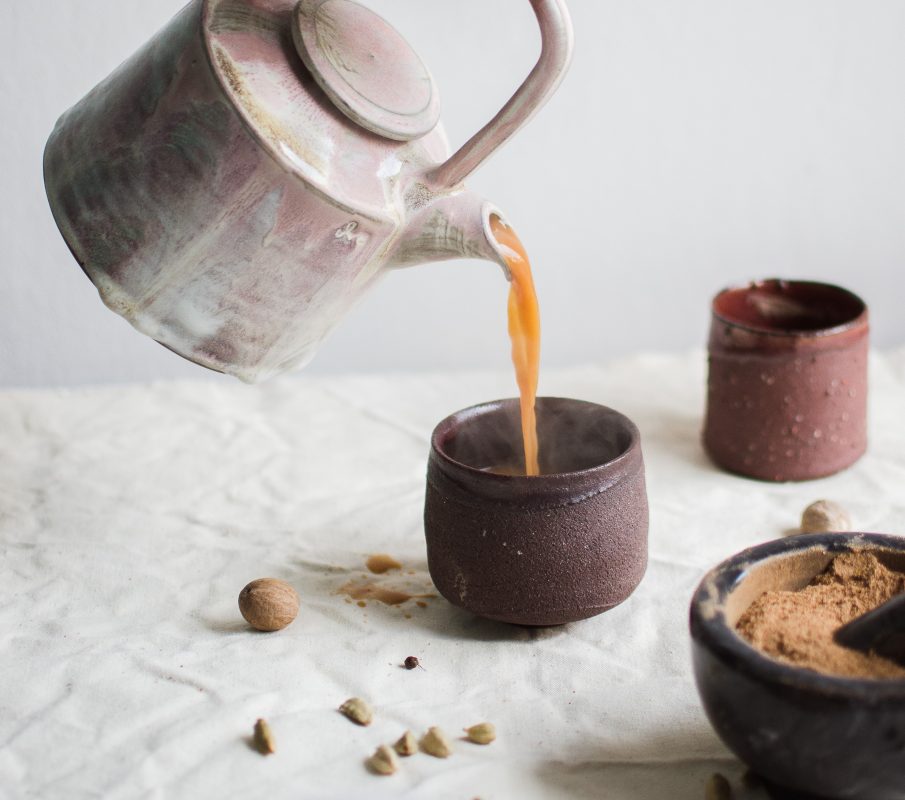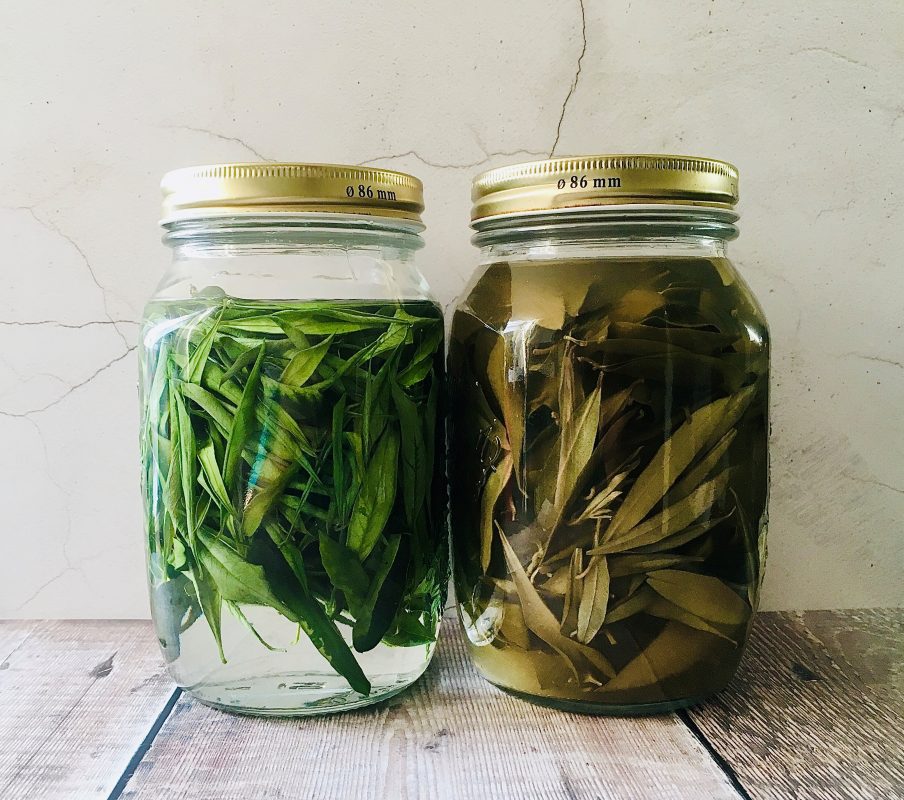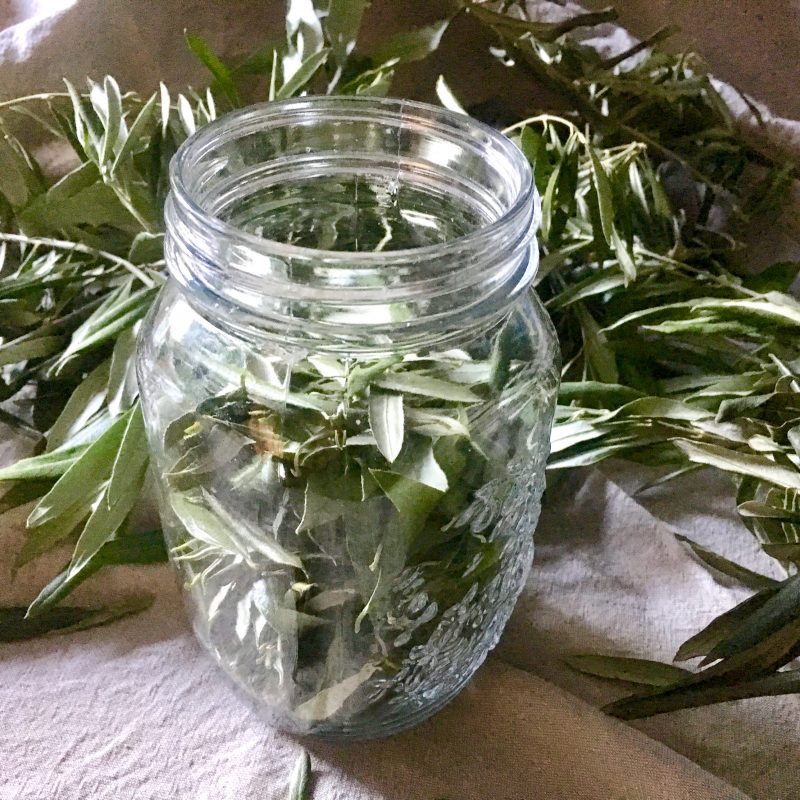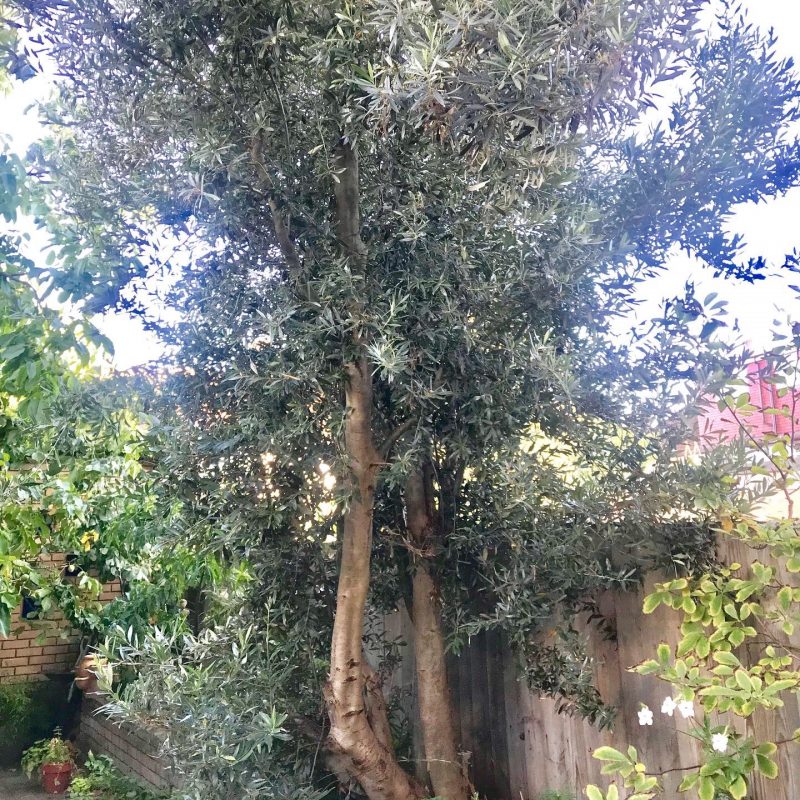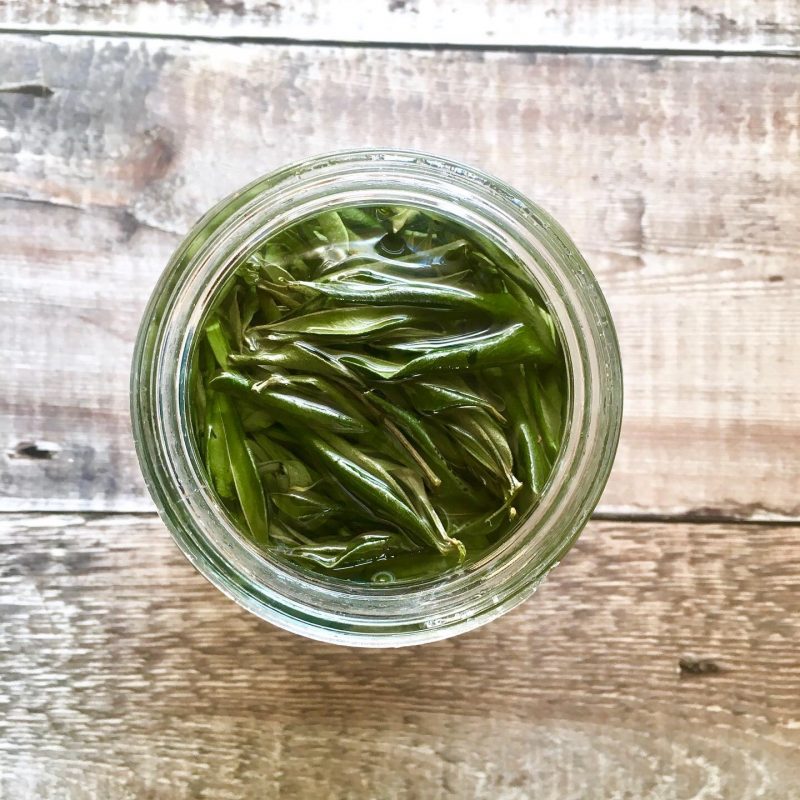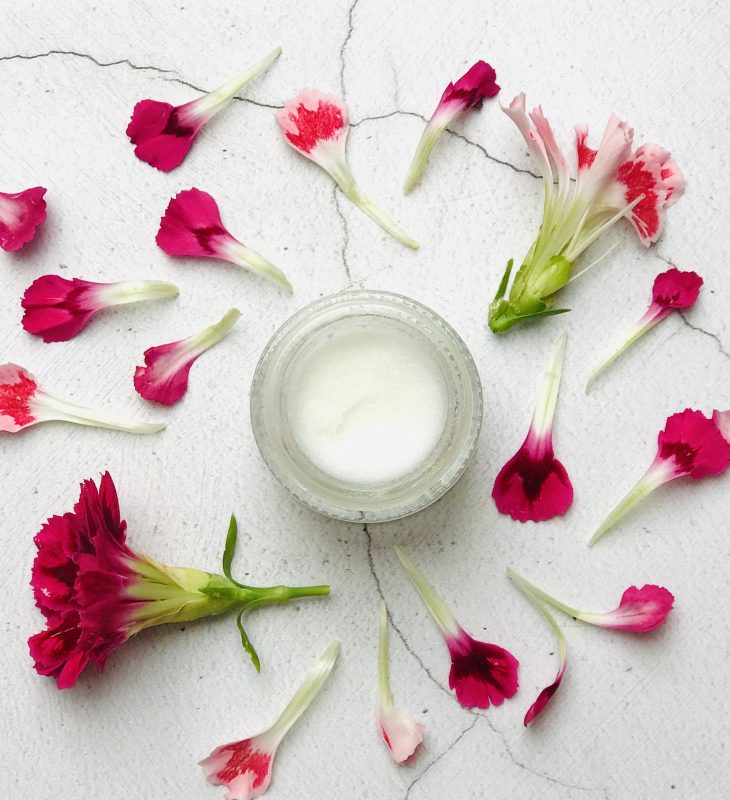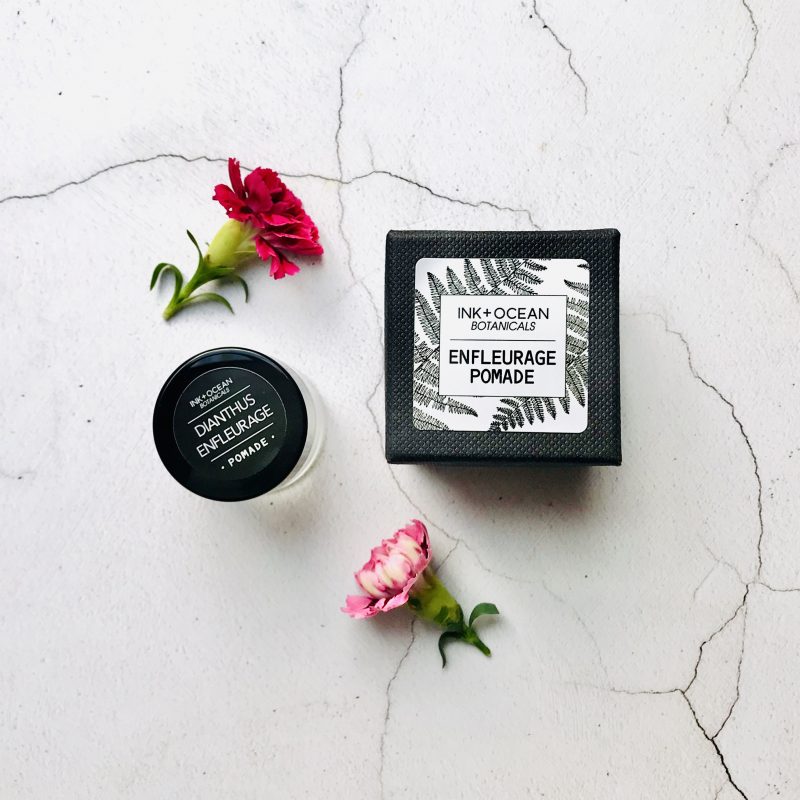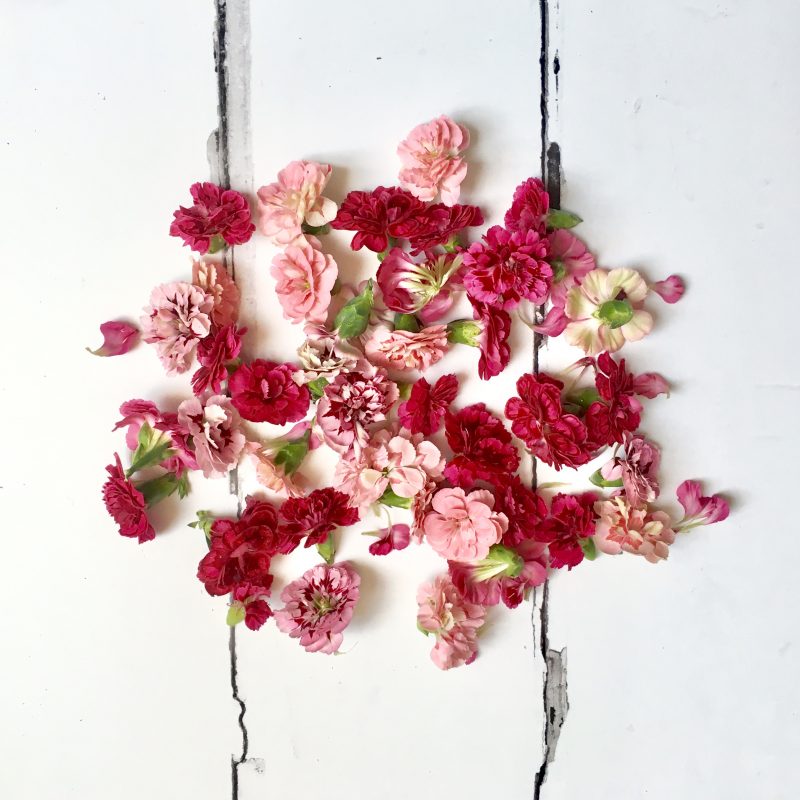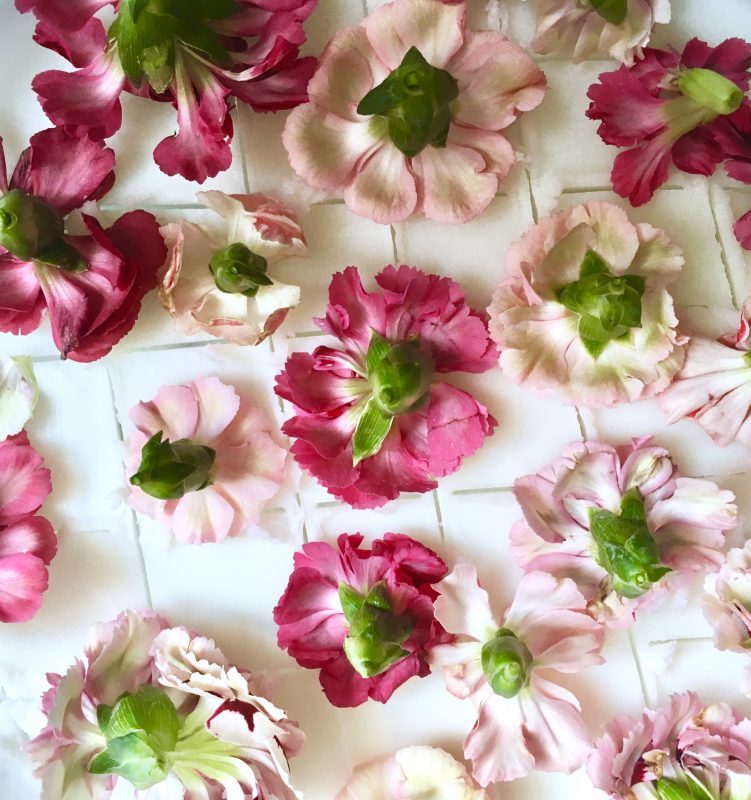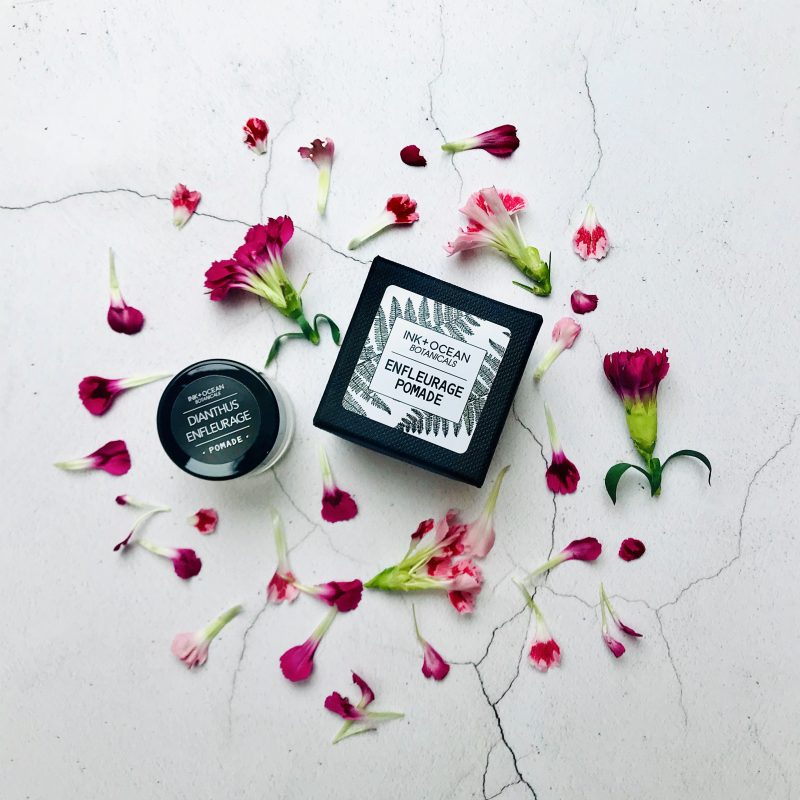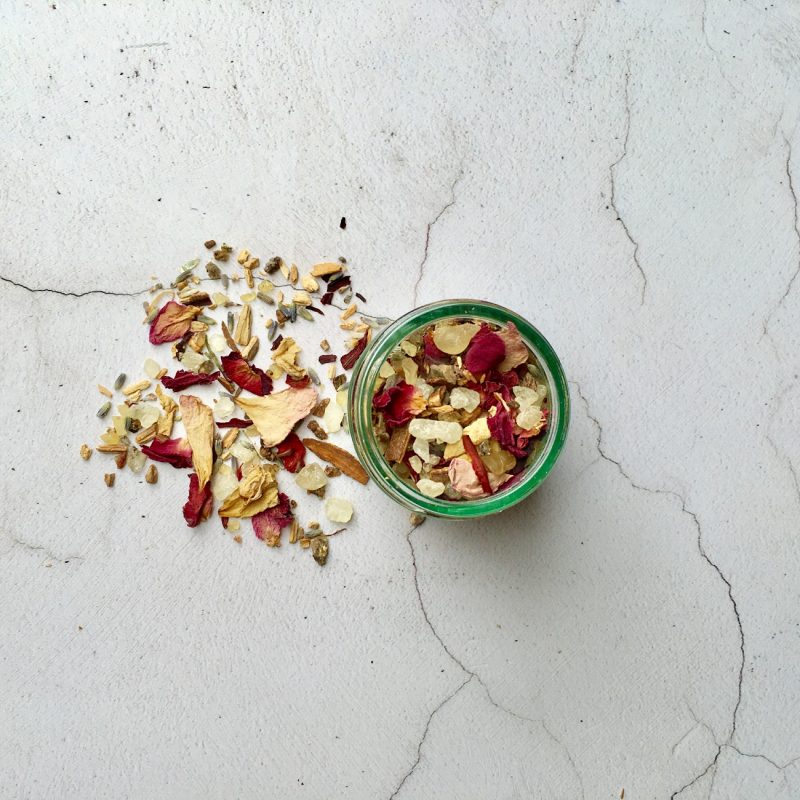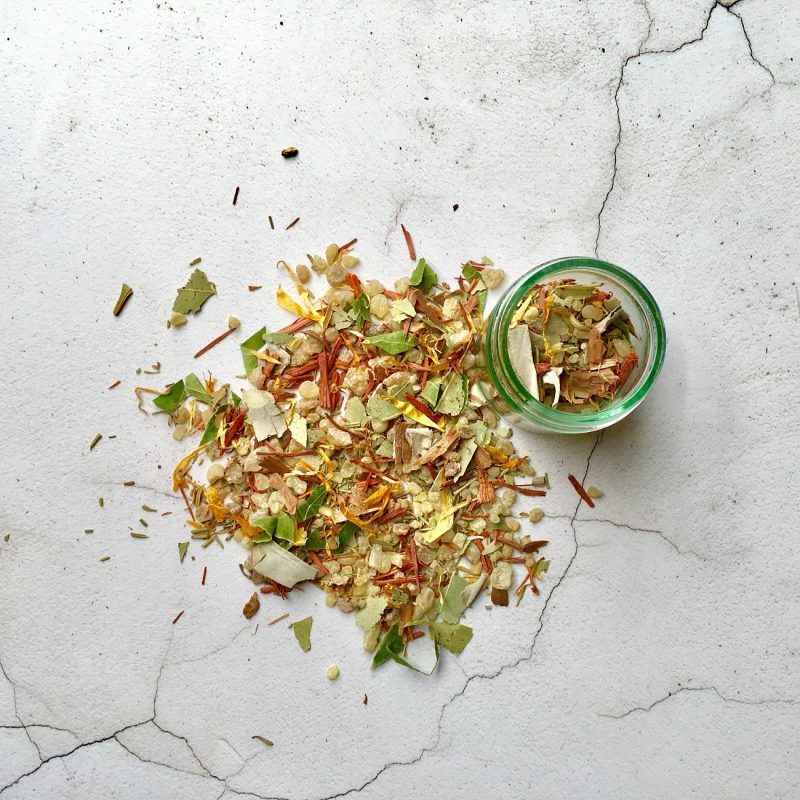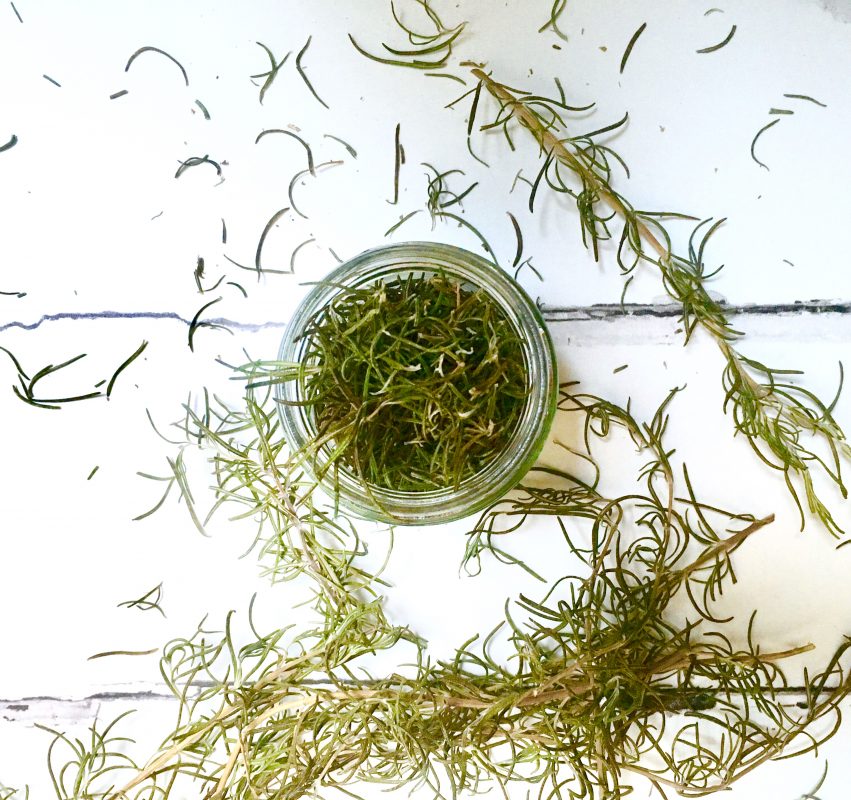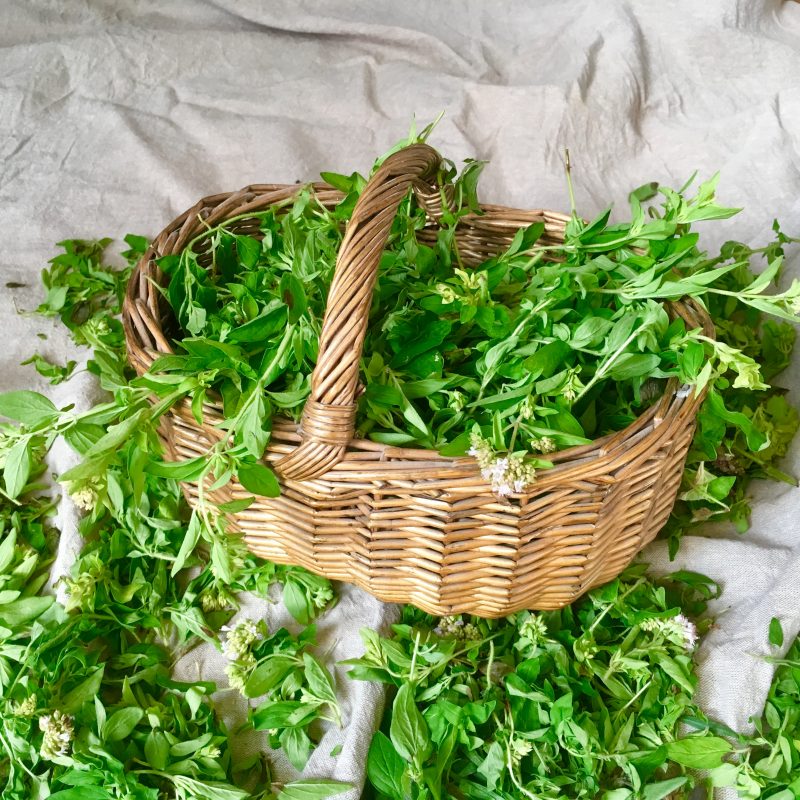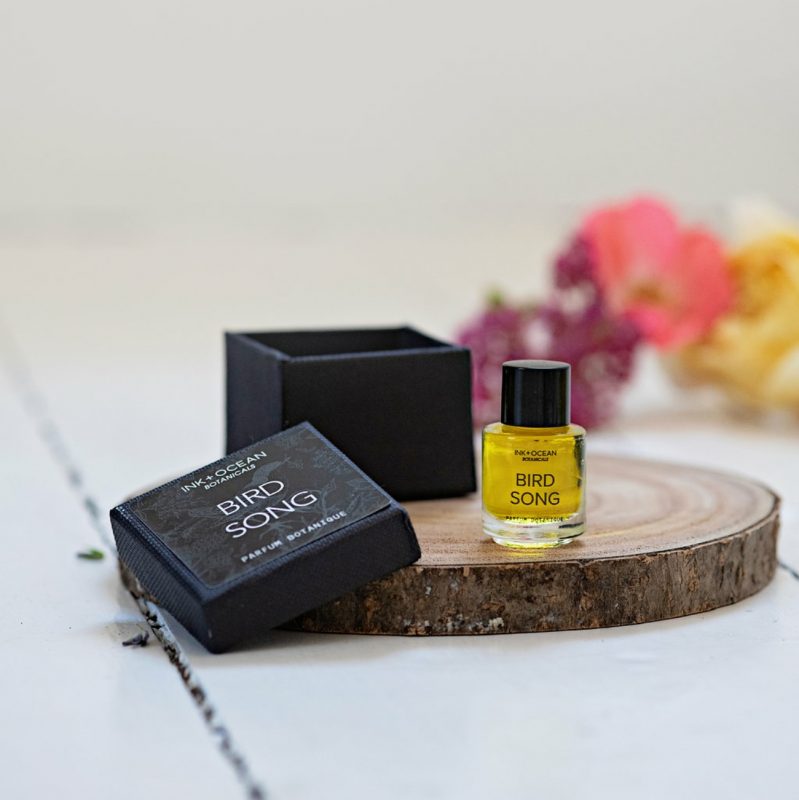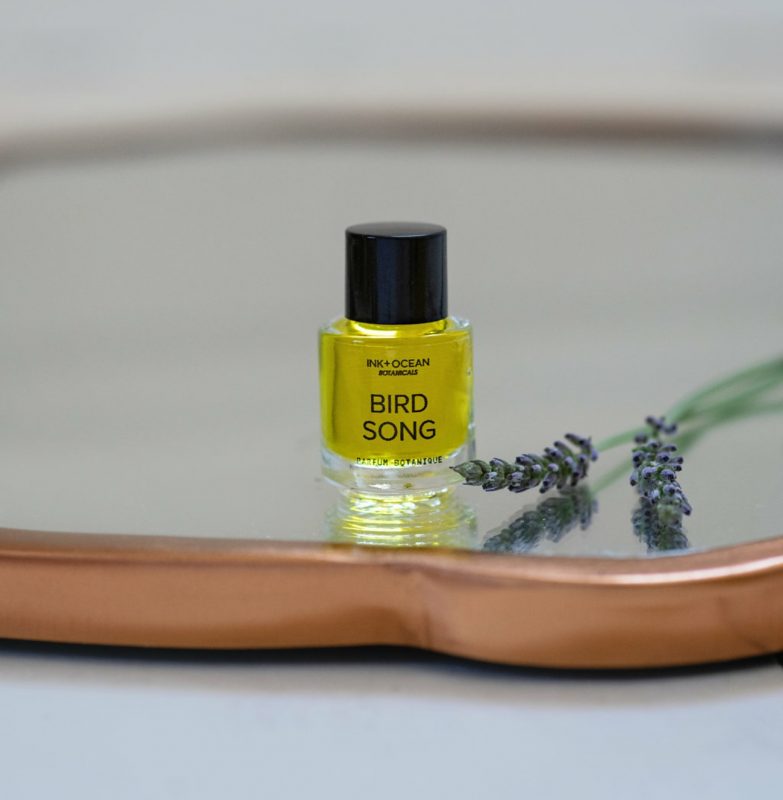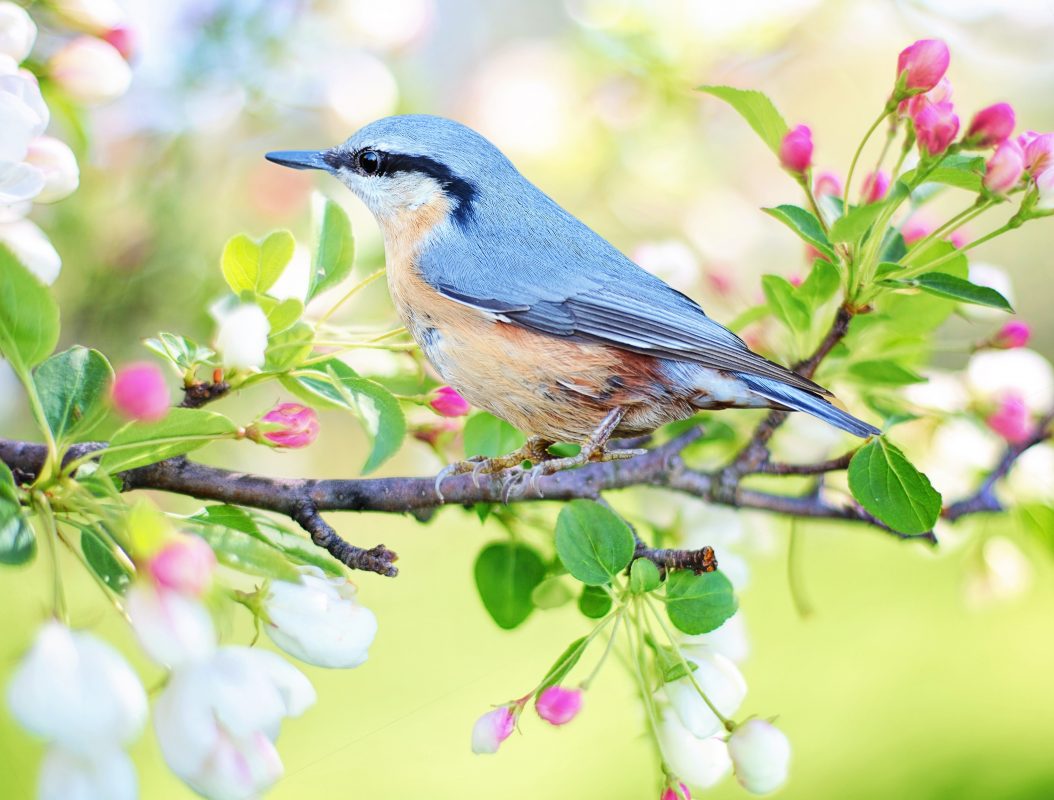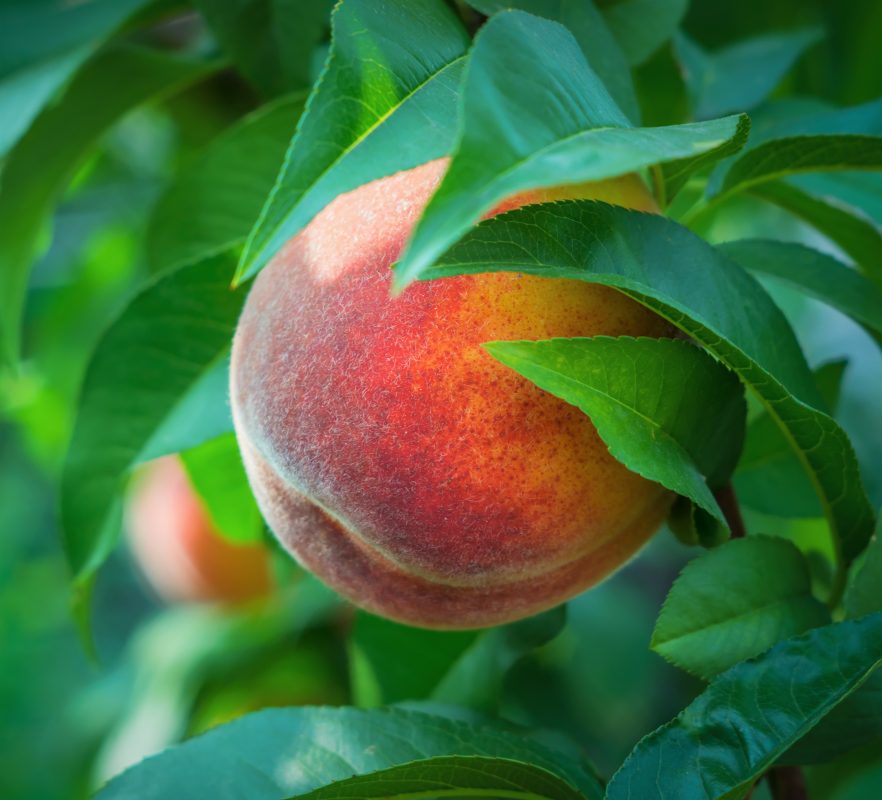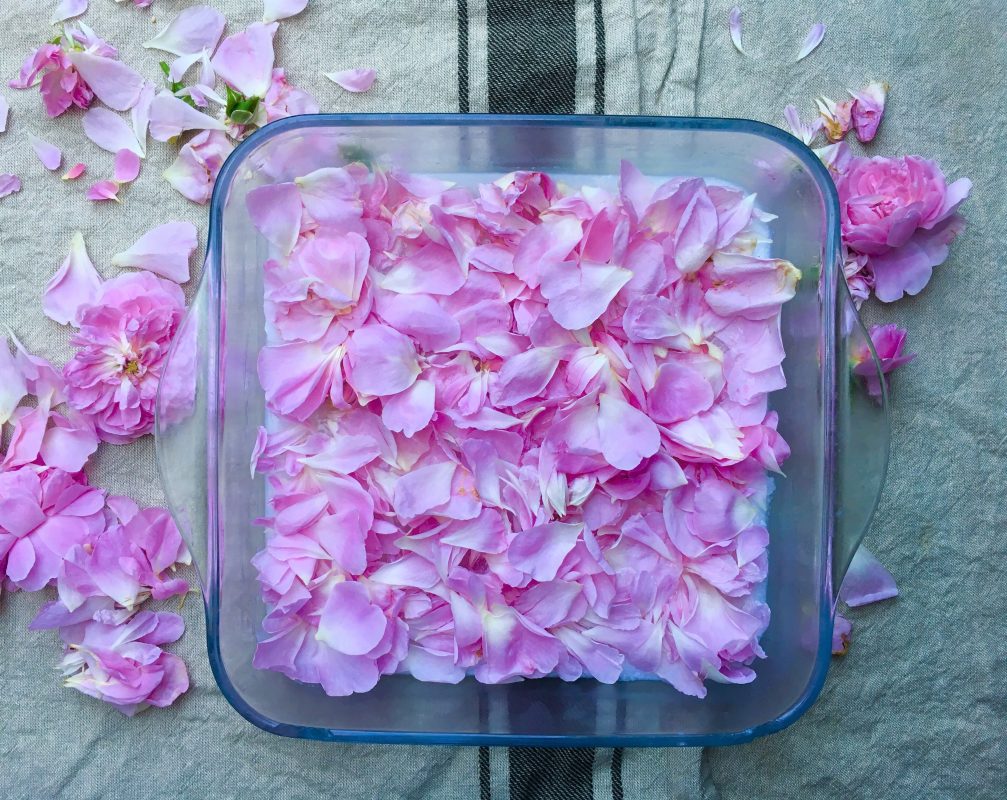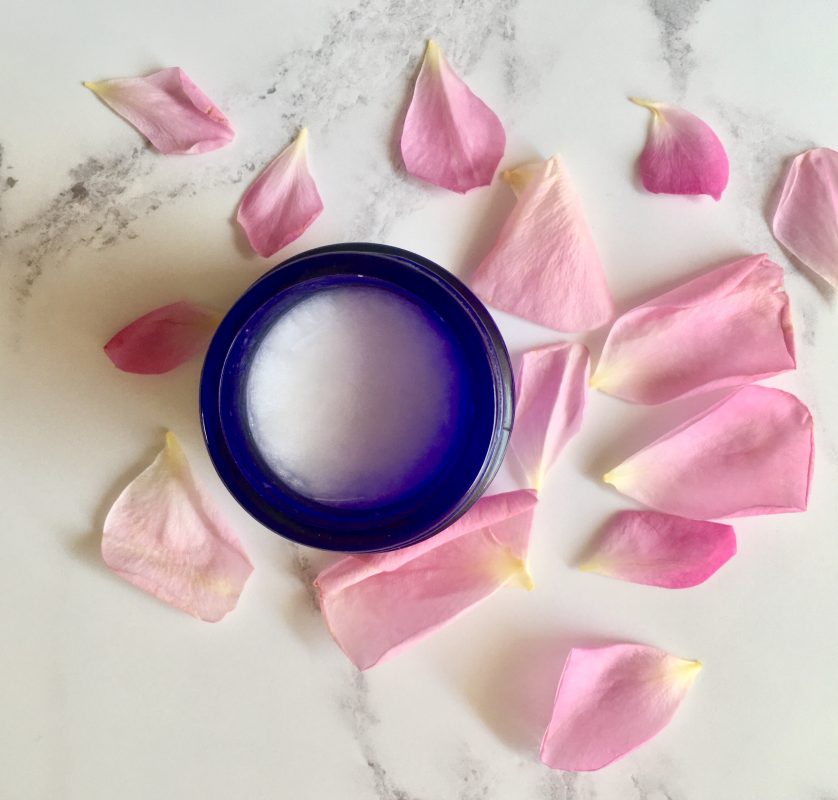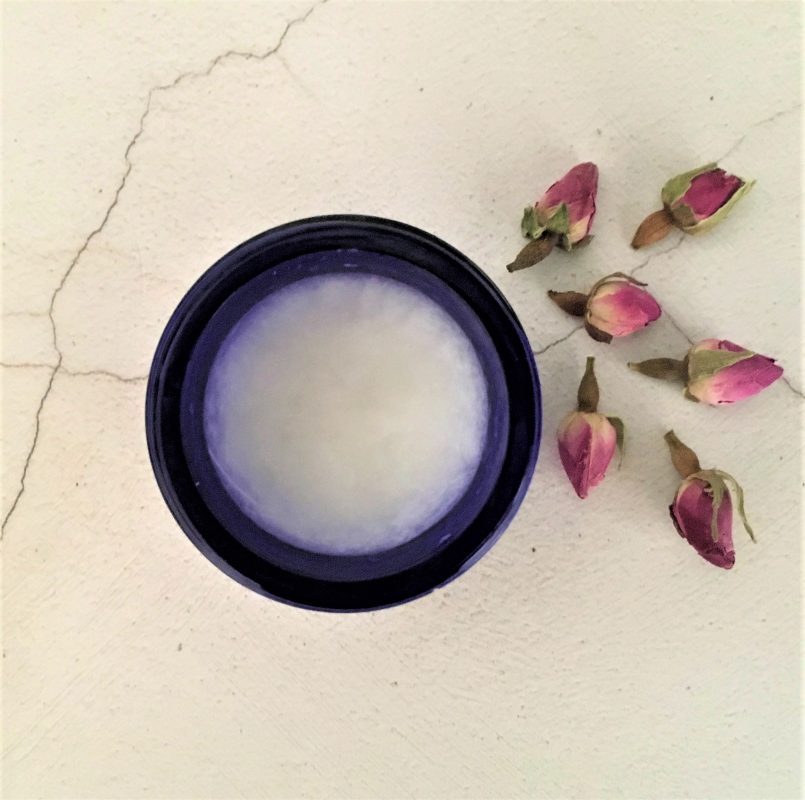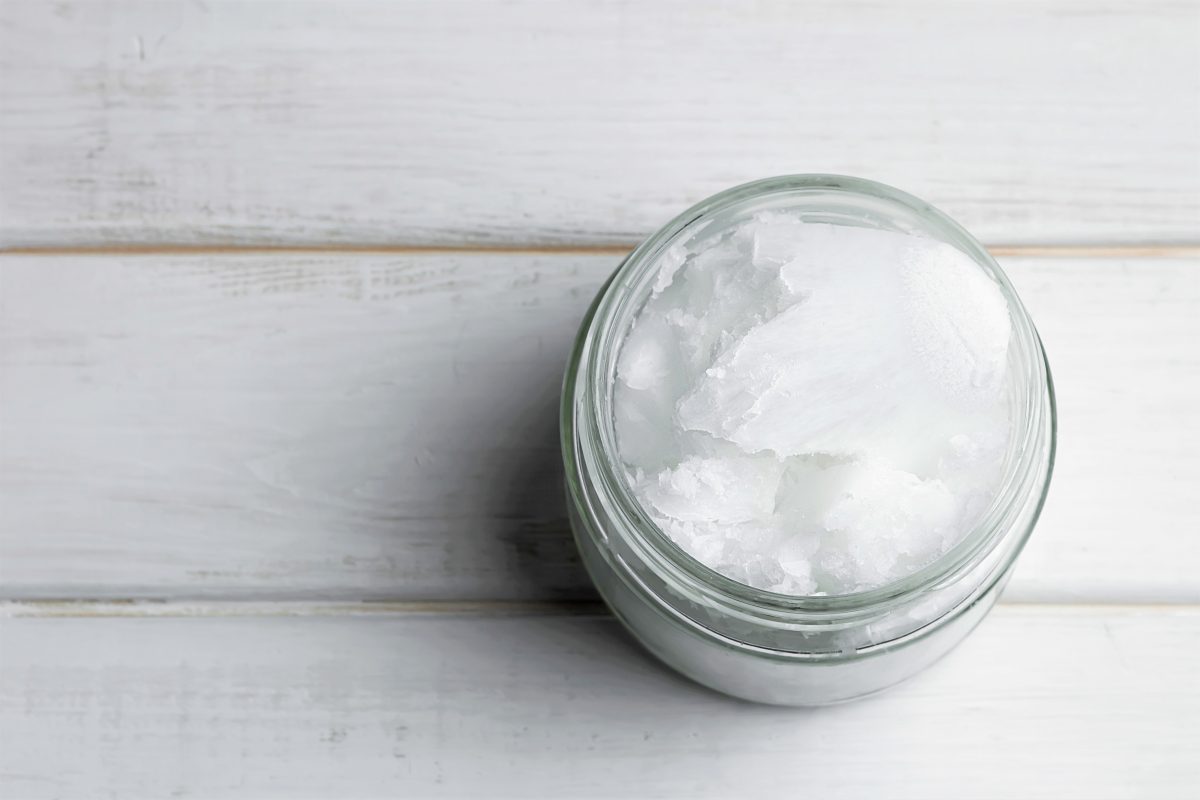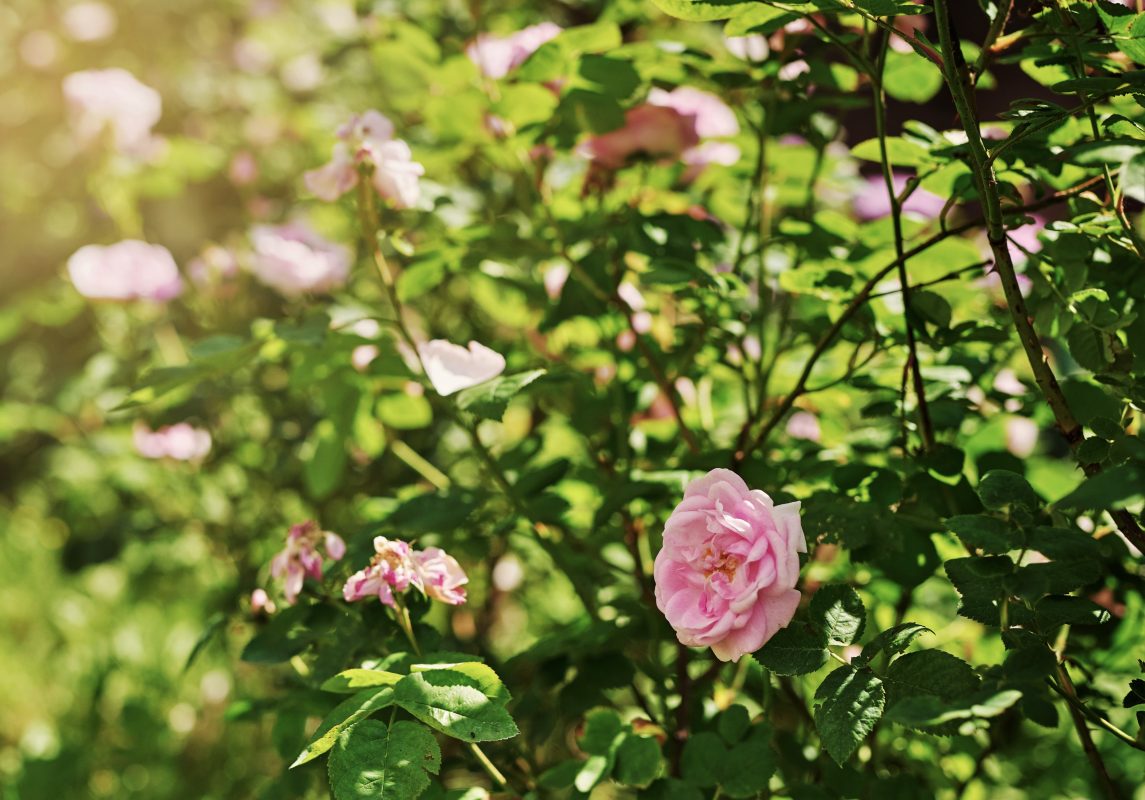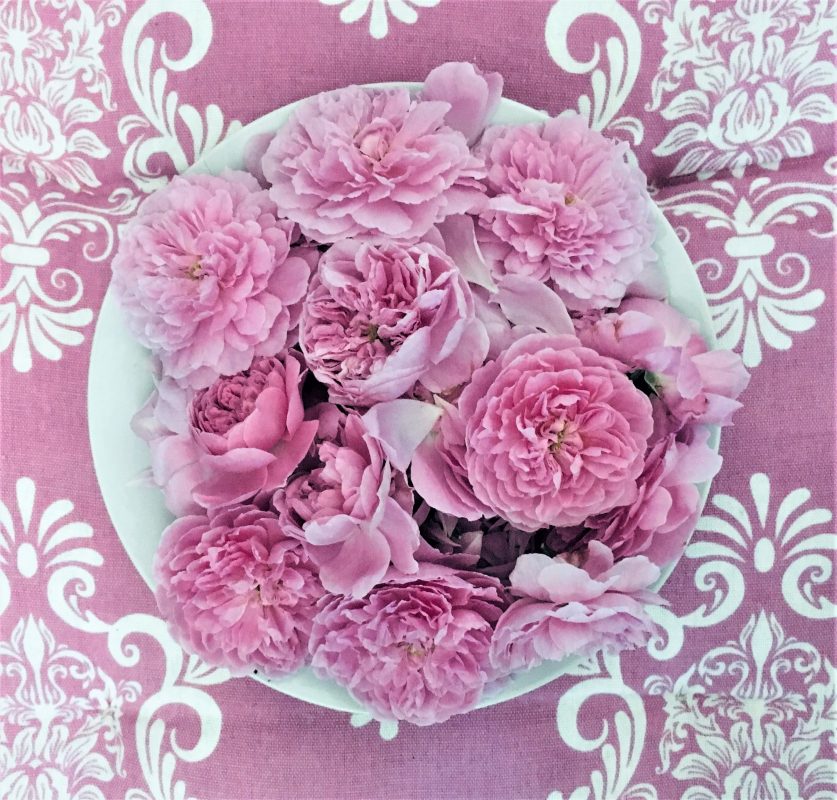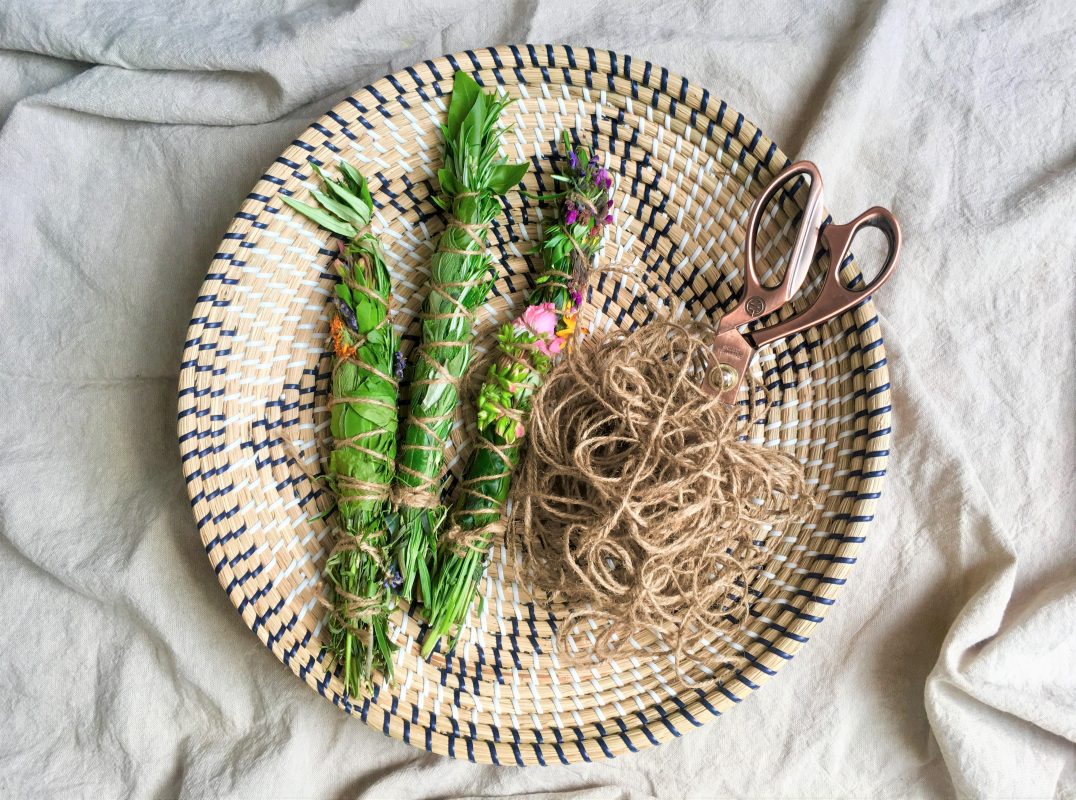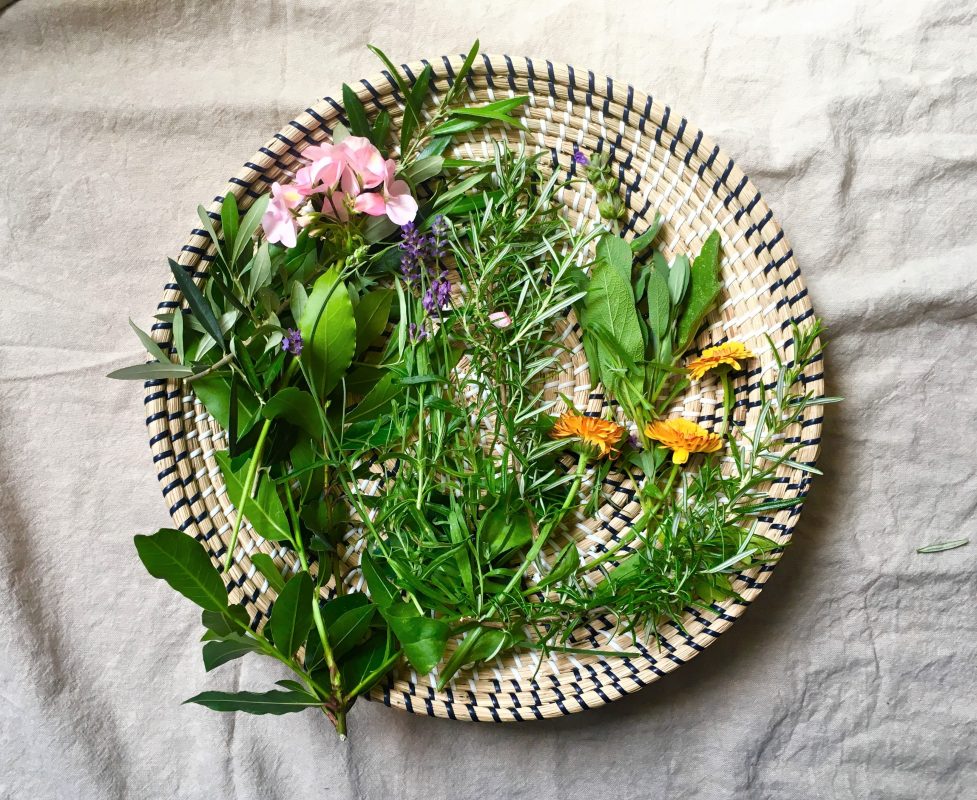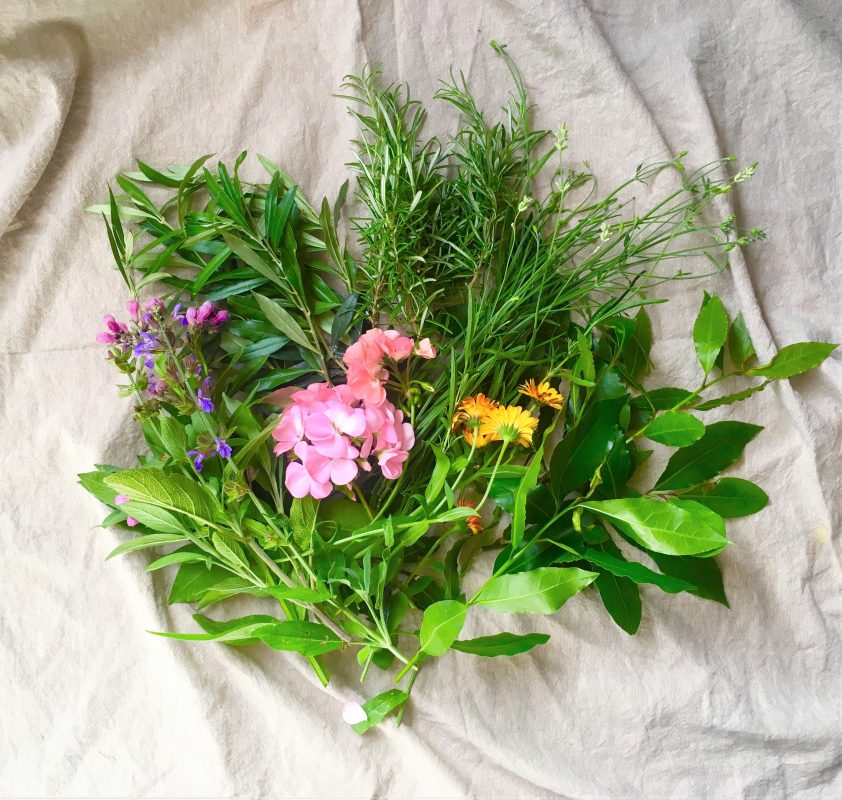New in the shop, enfleurage pomade made with Hyacinth flowers, using the cold extraction method. This process was definately a labour of love. I spent two months diligently recharging hyacinth flower on to a layer of organic shea butter. Each flower exhales its scent which gets absorbed in to the fat. The scent is delicate and true. The character notes are floral, green and buttery. Works well as a delicate solid perfume.
What is enfleurage?
Enfleurage is a beautiful ancient technique of extracting fragrance from delicate flowers. The botanical is placed on to a layer of fat that absorbs the scent of the fresh breathing flower. The flowers are replaced every day for an extensive period of time, until the scent is captured. The base that absorbs the flower scented molecules is called a ‘pomade’.
This method was devised in 18th century France using animal fat, and then the fat was further distilled with alcohol.
However, I stop at the ‘pomade’ stage, so NO alcohol is used, and the fat I use is organic and 100% plant based. Pomade was also historically made in ancient Egypt and the Near East, using the same technique of applying flowers to a base of fat.
My enfleurage pomade is mindfully made in very small batches, when the botanical is in season (the Hyacinth are grown in my garden). It really is labour intensive, but also a labour of love. The scent is subtle and true.

